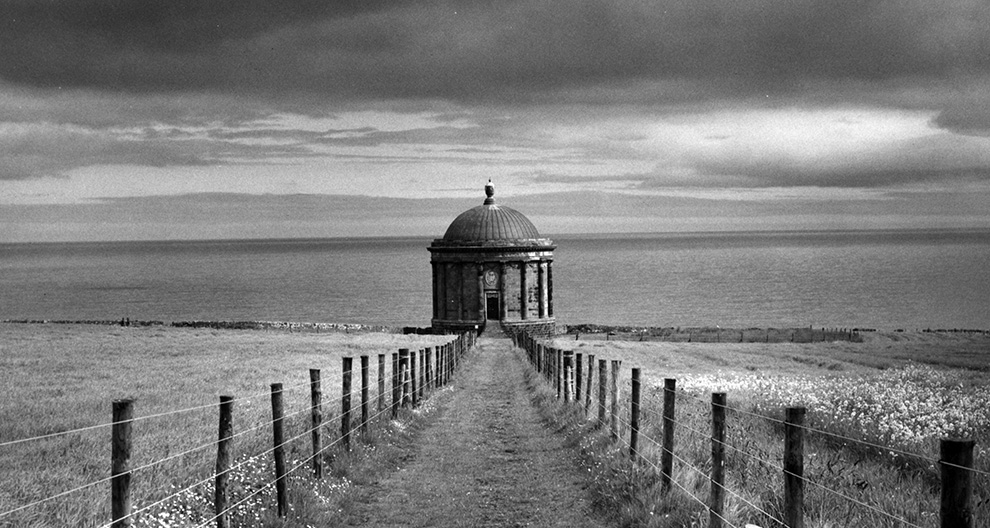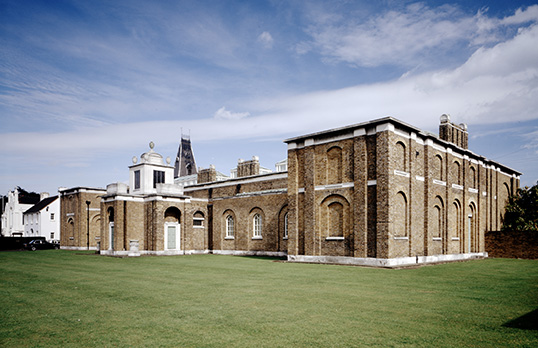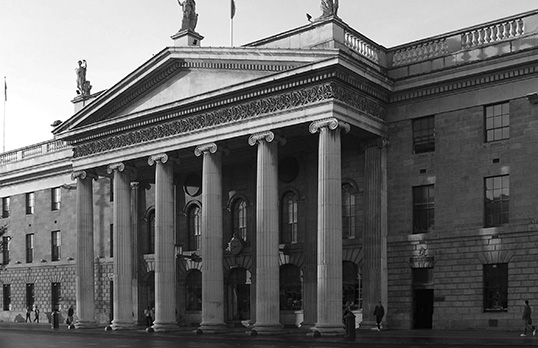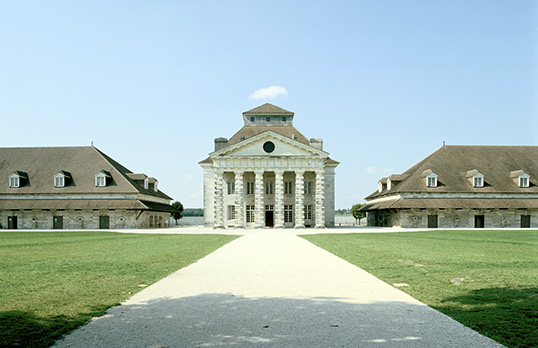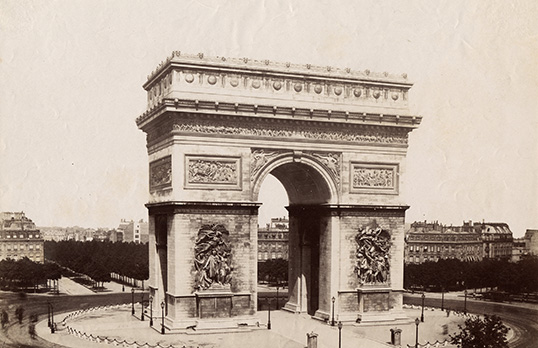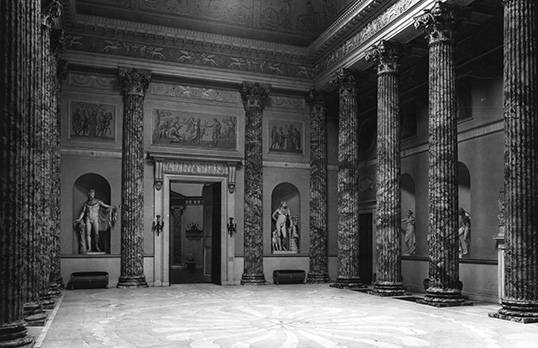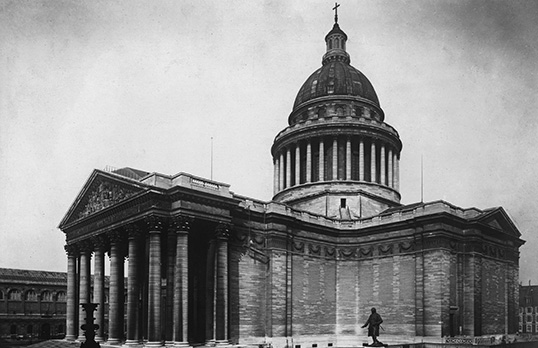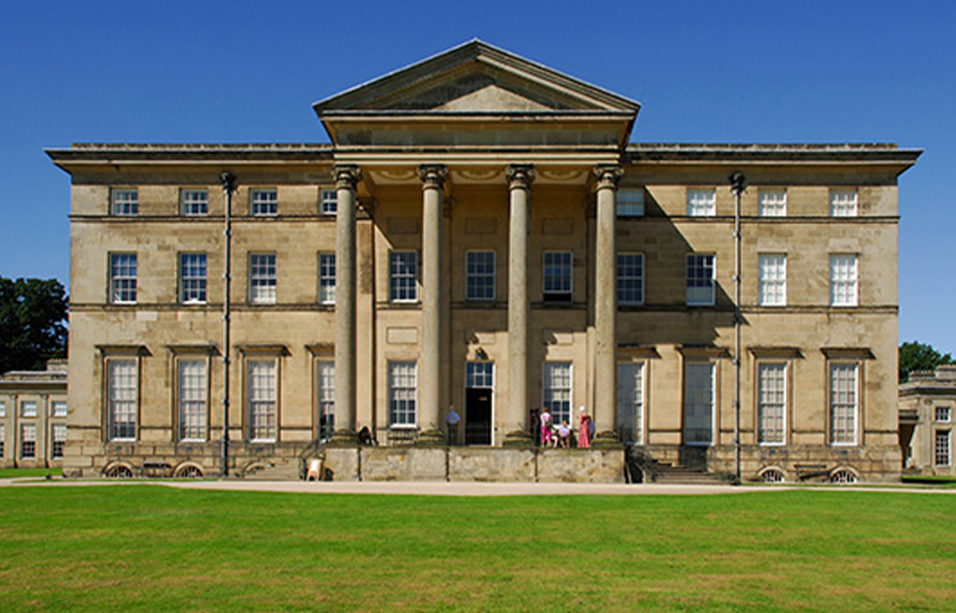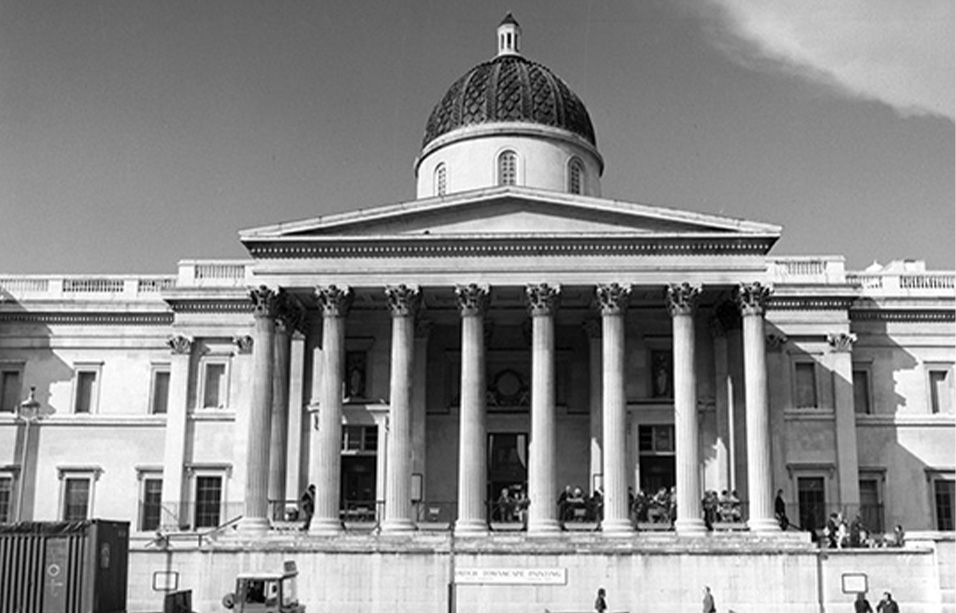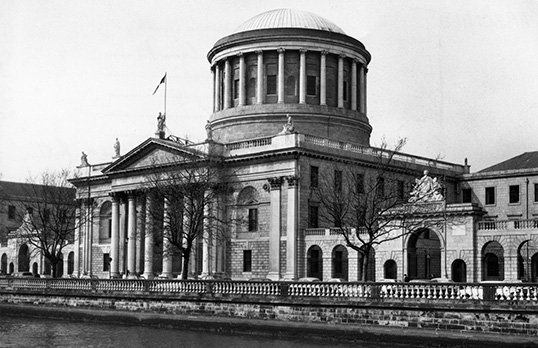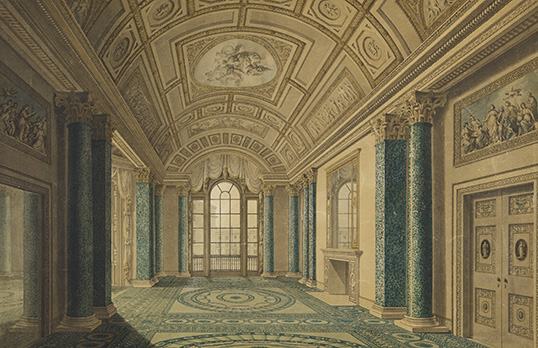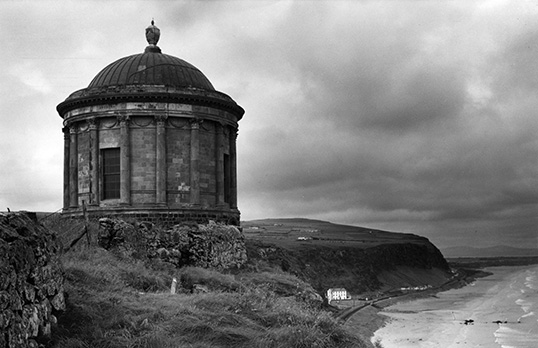A revival style that looks back to the Classical past and the architecture of ancient Greece and Rome, but unlike the re-interpretation of classical forms seen in the Renaissance, this was a much more academic approach.
It began in France from the mid-18th century, with writers and architects theorising over the supremacy of ancient Greece versus ancient Rome, following the rediscovery of the Parthenon and the excavations at Herculaneum and Pompeii. For example, artists Charles-Nicholas Cochin and Jerome-Charles Bellicard published their, ‘Observations sur les antiquities de la ville d’Herculaneum’ from 1753. The same year Abbé Marc-Antoine Laugier, a French Jesuit published his, ‘Essai sur L’Architecture,’ which set out to define Classicism as a logical need for shelter, illustrating his interpretation of the origin of the stone temple as a ‘Primitive Hut,’ formed out of tree trunks and branches fashioned into columns supporting a triangular shaped roof. In 1762 architects James Stuart and Nicholas Revett, published their ‘Antiquities of Athens,’ which was hugely influential in promoting Neoclassicism in England.
It marked a return to simplicity and an architecture of pure geometrical form, favouring, clarity, proportion, and symmetry. The correct use of the orders from the ancient world, i.e. Doric, Ionic and Corinthian as structural rather than decorative was also encouraged. Characterised by severity of appearance and solidity, Neoclassicism dominated much of European and American architecture, until the emergence of the Gothic Revival from the late 1830s.

